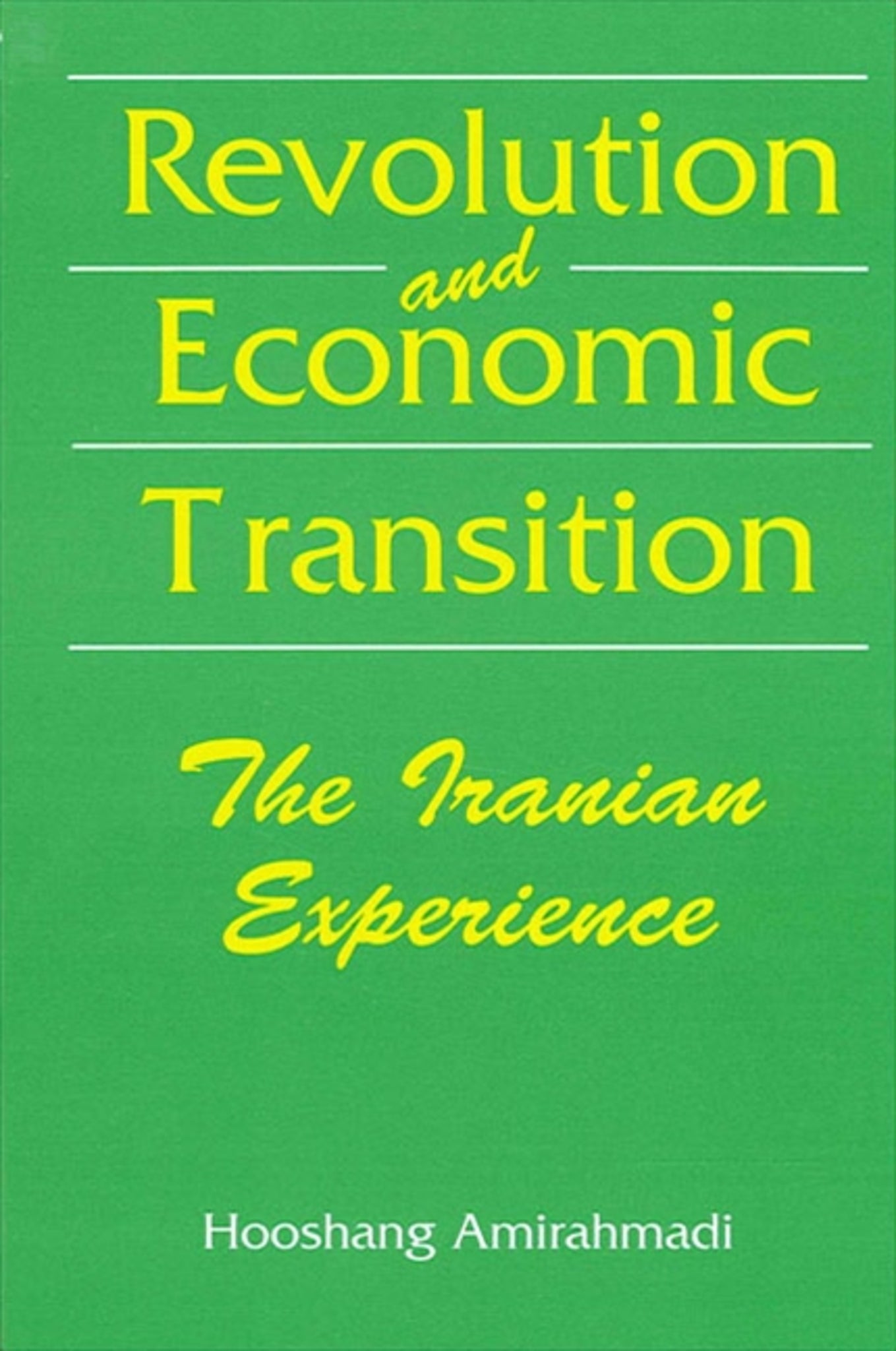We're sorry. An error has occurred
Please cancel or retry.
Revolution and Economic Transition

Some error occured while loading the Quick View. Please close the Quick View and try reloading the page.
Couldn't load pickup availability
- Format:
-
27 November 1990

Amirahmadi focuses on the Iranian economy under the Islamic Republic, a subject that remains largely neglected in post-revolutionary Iranian research and analysis. Drawing from a wealth of primary sources, he uses an empirical-logical framework of analysis within a modified world-system perspective to offer a detailed and balanced picture of the macroeconomic trends, problems, and policies since 1976.


"This book is timely, analytical and comprehensive, and will fill a serious gap in our knowledge of the Islamic Republic." — Abbas Alnasrawi, Department of Economics, University of Vermont
"The topic is significant inasmuch as there has been considerable speculation about Iran's economic policies and capacities but very little hard data about trends and policies. The debate about and speculation over economics has been linked to discussions about the nature, course and outcome of the Iranian revolution. Amirahmadi contributes to these debates, both theoretically and empirically.
"The book is tremendously useful, not only for its scrupulous account of post-revolutionary economic trends, but also for its extensive bibliography, use of wide array of primary and secondary sources (sources generally unavailable, inaccessible, or difficult-to-obtain from Iran, and interviews), and its combination of theory, method, description, and policy recommendations. It is bound to be recognized as a major resource and reference book. The book is original, well researched, thorough, readable, and authoritative." — Valentine M. Moghadam, World Institute for Development Economics Research
Tables
Figures
Abbreviations
Note on Iranian Calendar and Transliteration
Preface
1. Introduction: The Limited Transforming Potential of the Middle-Class Revolution
2. Forces Influencing the Economy
The Shah's Economic Legacy
Struggles over State Power and Social Questions
The Struggle for National Sovereignty
The Iran-Iraq War
The Oil and Saudi Factors
Capacity Underutilization and the Bottlenecks
Ideological Dislocation and Systemic Indirection
3. Economic Trends, Problems, and Policies
Domestic Production, Sectoral Shifts, and Policies
Domestic Expenditures and Fixed Capital Formation
The General Budgets and Budget Deficit
Inflation and Antiinflationary Measures
Unemployment and Sectoral Employment Shifts
Per Capita Income and Income Distribution
Provincial Development and Policies
Foreign Trade and the Balance of Payments
4. The Post-War Reconstruction
Debate on a Reconstruction Strategy
The Nature of the Reconstruction Process
Obstacles to Reconstruction
The Peace Process and Reconstruction
5. Conclusions: Empirical and Theoretical
Empirical Findings
Theoretical Conclusions
Notes
Bibliography
Index



